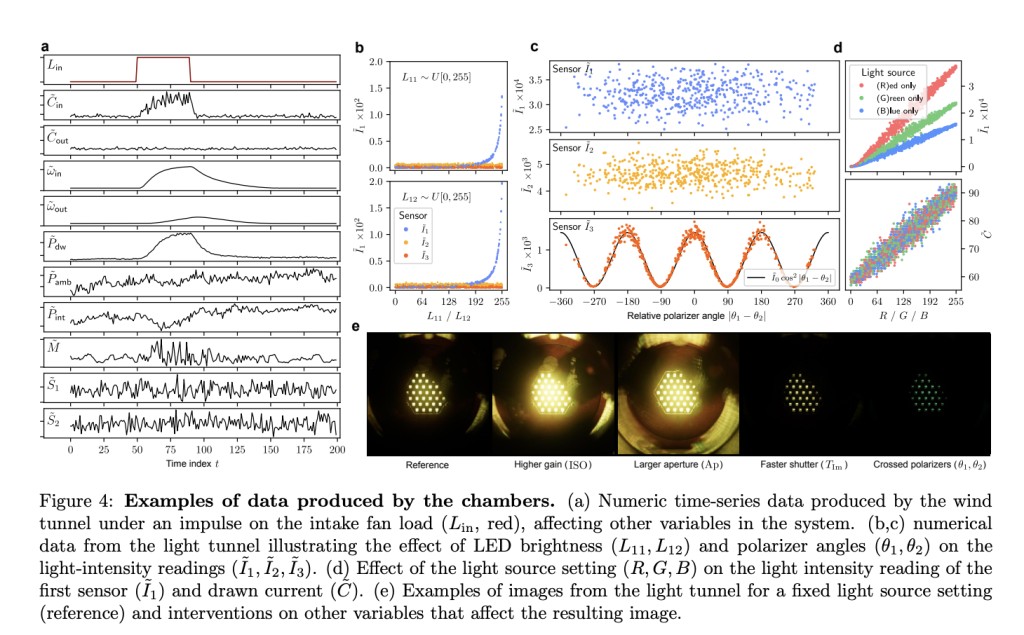Artificial intelligence (AI), machine learning, and statistics continually evolve, pushing the boundaries of what machines can learn and predict. Yet, the validation of new AI methods often hinges on the availability of high-quality, real-world data. Researchers frequently depend on simulated datasets that may not fully capture the complexities of natural environments, potentially skewing the effectiveness of these methods when applied outside laboratory settings.
The main issue plaguing AI research is the reliance on synthetic data, which often fails to mirror the unpredictable nature of real-world systems. Many AI models are trained and tested under ideal conditions with datasets that are too simple or overly tailored to specific tasks. This discrepancy can lead to models that perform well in a controlled environment but falter when faced with real-world variables and conditions.
A team of statisticians from ETH Zurich developed an innovative solution called causal chambers. These devices are controlled environments that can manipulate and measure various physical phenomena, allowing for the generation of diverse data types, including time series and image data. The chambers are designed to provide a ground truth for validating AI methodologies, particularly in emerging research areas where suitable datasets are otherwise unavailable.
The causal chambers are equipped with sensors and actuators capable of generating a vast dataset from relatively simple physical systems. The data produced includes millions of observations and thousands of images daily, offering a rich testbed for various algorithmic validations. These chambers can manipulate variables like light intensity, air pressure, and the position of mechanical components, creating conditions that test the robustness and applicability of AI models.
Practically, the chambers have demonstrated their utility across several AI domains. For instance, in causal discovery, researchers can meticulously perform interventions and observe the outcomes, thus empirically validating the causal models generated by AI systems. Similarly, in symbolic regression tasks, the chambers help uncover underlying mathematical relationships within the data, akin to discovering natural laws.
The effectiveness of these causal chambers in producing reliable, real-world applicable data is evident. They have been instrumental in refining AI approaches such as out-of-distribution generalization, change point detection, and independent component analysis. For example, the chambers successfully simulated scenarios to test algorithms that predict changes in light intensity based on various sensor inputs and settings.
In conclusion, the research highlights a significant challenge in AI development: the lack of real-world datasets for method validation. To address this, the introduction of causal chambers provides a groundbreaking solution. These controlled environments simulate physical phenomena to generate diverse datasets, bridging the gap between theoretical models and practical applications. The results are promising, with successful validations across various AI fields, including causal discovery and symbolic regression. This innovation enhances the robustness and applicability of AI methodologies and sets a new standard for empirical testing in machine learning and statistics.
Check out the Paper and Github. All credit for this research goes to the researchers of this project. Also, don’t forget to follow us on Twitter. Join our Telegram Channel, Discord Channel, and LinkedIn Group.
If you like our work, you will love our newsletter..
Don’t Forget to join our 40k+ ML SubReddit
For Content Partnership, Please Fill Out This Form Here..
The post Enhancing AI Validation with Causal Chambers: Bridging Data Gaps in Machine Learning and Statistics with Controlled Environments appeared first on MarkTechPost.
Source: Read MoreÂ

